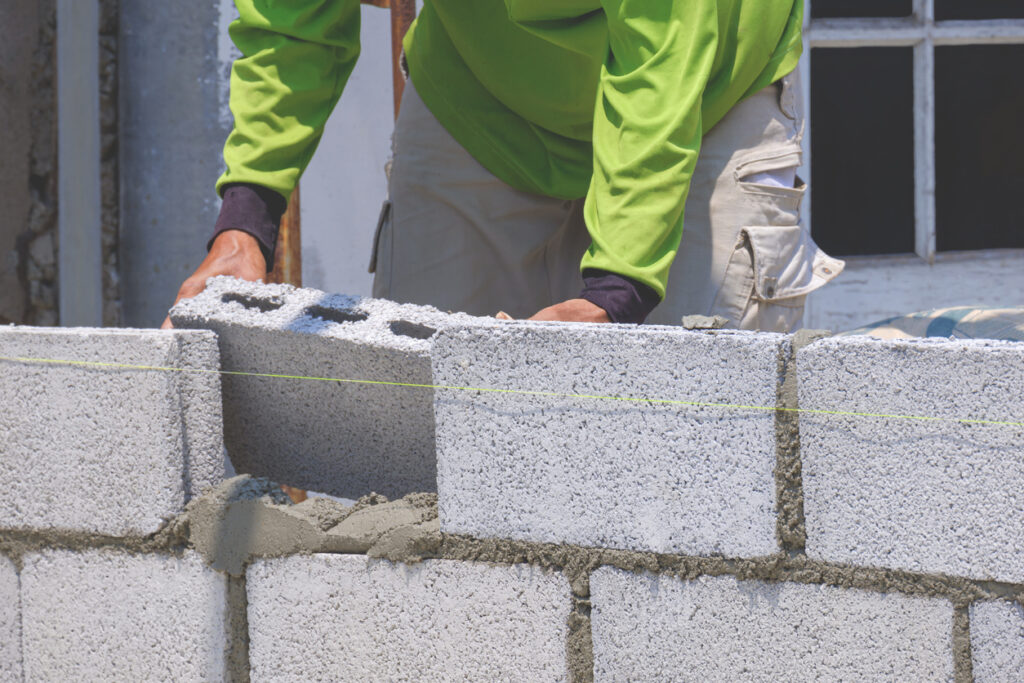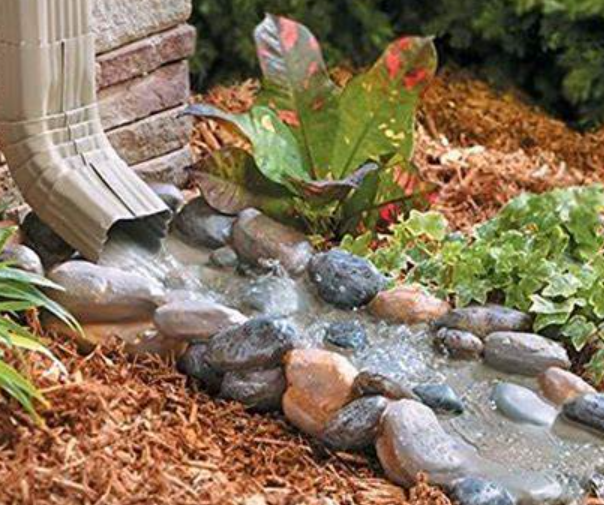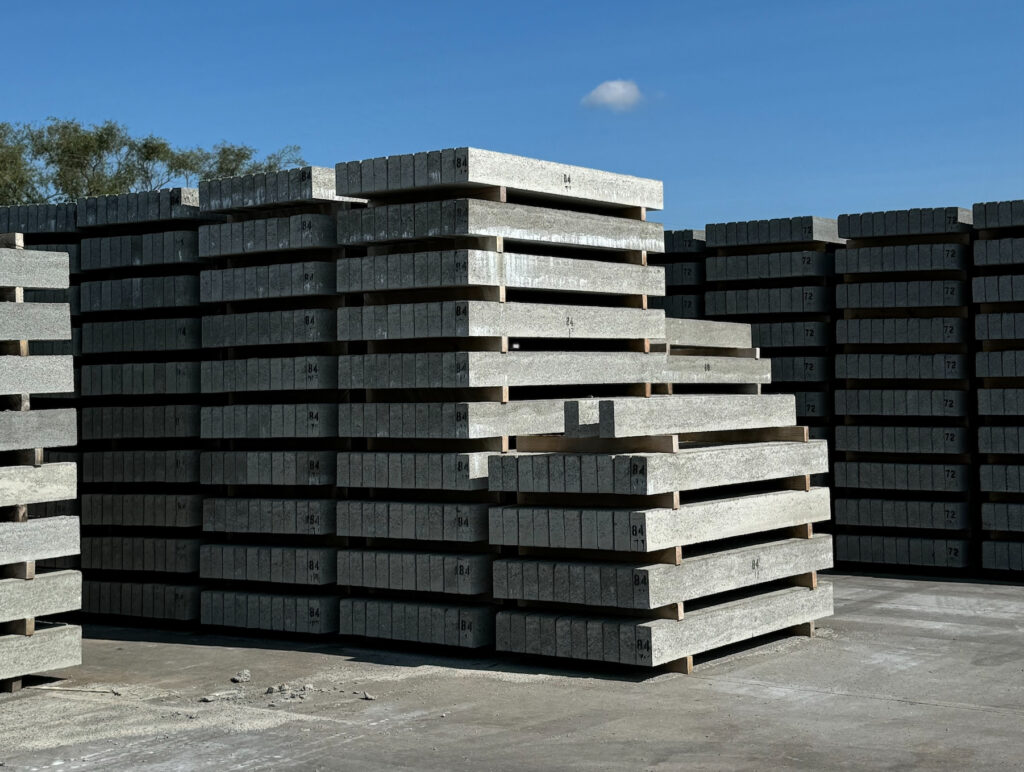Faced Vs. Unfaced Insulation: Which To Consider
When insulating a building or home, the choices can be overwhelming. Homeowners and contractors must make a fundamental decision between faced vs. unfaced insulation. Both have their merits and specific applications. The “face” in faced insulation refers to a vapor barrier attached to one side, which can help control moisture, while unfaced insulation lacks this barrier. Understanding the distinct characteristics, benefits, and appropriate scenarios for each type ensures that the right insulation is selected for a project. This article will break down the differences between faced and unfaced insulation, providing clarity to help decision-making.
Understanding Faced Insulation
Faced insulation comes with a vapor retarder, typically made of paper or foil, attached to one side. This barrier helps control moisture, particularly in damp areas or where a vapor barrier is necessary. The face also aids in the installation process, as it can staple the insulation between studs or joists. While the vapor barrier serves a critical function, installing faced insulation correctly is crucial, ensuring the barrier faces the right direction depending on the climate and building type.
The Basics of Unfaced Insulation
Unfaced insulation, as the name implies, comes without a vapor barrier. This makes it versatile, allowing it to be used in various applications, including over existing insulation or in walls where a separate vapor barrier is already in place. Because it doesn’t have a face, securing unfaced insulation with friction or wire supports is essential to keep it in place. For projects where moisture control isn’t a primary concern or where there’s already a dedicated vapor barrier, unfaced insulation might be the preferred choice.
Where Each Type Shines: Application Specifics
The decision between faced and unfaced insulation often hinges on the specific application. Faced insulation, with its inherent moisture control, works well for exterior walls, basements, and areas where dampness can be a concern. It’s also beneficial in regions with significant temperature fluctuations, where condensation might occur inside walls. Unfaced insulation, on the other hand, is suitable for interior walls as a supplementary layer over existing insulation or in attics with a separate vapor barrier.
Cost Implications
Budget considerations often come into play when choosing insulation. Generally, faced insulation costs slightly more than its unfaced counterpart, given the additional material used for the vapor barrier. However, the potential savings in moisture-related damages or energy efficiency improvements might offset the initial cost difference. It’s essential to weigh the long-term benefits against the immediate costs to determine the best value for the project.
Environmental Considerations
Today, many homeowners and builders prioritize eco-friendly insulation materials. Some faced insulations come with vapor barriers made from recycled materials, while certain unfaced insulations use sustainable or recycled content in the insulation itself. When considering the environmental impact, it’s worth researching the specific products to determine their eco-friendliness. Opting for insulation with a lower environmental footprint benefits the planet and can appeal to eco-conscious homeowners or clients. Look for an EPD (environmental product declaration); these are documents that put these values in an easy-to-compare table

VP of Sales- Accessory DivisionMike Simon
Latest News

How Long Does Type S Mortar Take To Cure?
Like all mortars, Type S mortar requires careful attention during the curing process to reach its full strength. This isn’t […]

Decorative Downspout Splash Block Ideas For A Stylish Exterior
Creating a stylish exterior involves paying attention to the smallest details, and downspout splash blocks can make a surprising difference. […]

A Stormwater Compromise to Nowhere
I went to visit my grandmother at her new apartment and drove past an atrocity of a stormwater/transportation compromise. It […]

Choosing The Right Size: Your Essential Concrete Lintel Size Guide
Choosing the right size for a concrete lintel is a critical decision that can significantly impact the structural integrity of […]
